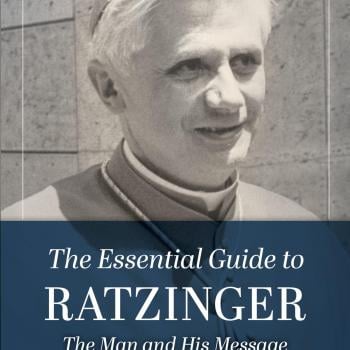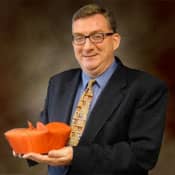Black Elk himself felt that Neihardt painted an incomplete portrait. He was, he wrote in 1934, "different from what the white man wrote about me. I am a Christian." He noted that he had asked Neihardt to write something about his work as a Catholic, but was ignored. As a story of his life, he considered the book "null and void."
Some assume that Black Elk's conversion was an act of accommodation to the white man's world. It was actually where he found true freedom and fulfillment. From childhood, he saw healing as his vocation. As a catechist, he helped heal a community wounded by poverty and alcoholism. "Those of us who are . . . suffering," he once said, "should help one another and have pity." Nicholas Black Elk remained true to his vision long into old age.
*The Catholic priests were called Sina Sapa, or "blackrobes." (The Episcopalians were called "white gowns," and Presbyterians were called "short coats.")





